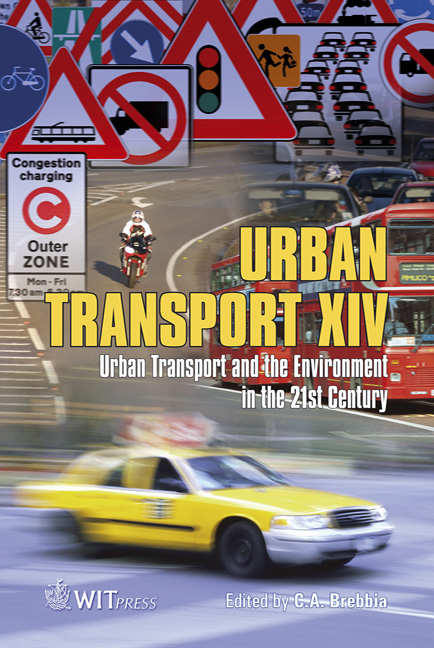How To Derive The Analytical Capacity Model For Not-conventional Urban Roundabouts
Price
Free (open access)
Transaction
Volume
101
Pages
10
Page Range
569 - 578
Published
2008
Size
548 kb
Paper DOI
10.2495/UT080551
Copyright
WIT Press
Author(s)
O. Giuffrè, A. Granà, T. Giuffrè & R. Marino
Abstract
The inapplicability of current methods for analyzing the operations of notconventional urban roundabouts (i.e. not referable to standard schemes) seriously hampers the assessment of their operational performances. Moreover, local constraints and the road network structure have produced lots of geometric layouts that make it hard to propose a framework to explain the performances of not-conventional roundabouts. For these intersections it is also hoped to have scientifically based methods to analyze operations with proper reliability. Starting from these considerations, this paper shows the conceptual path followed to analyze the operations of not-conventional roundabouts along an arterial of Palermo City. The examined intersections have suggested a theoreticexperimental approach that balances the need both to match field observations and to have a general criterion to determine performances. A case study application allows one to explain how to derive the analytical capacity model from field data. Moreover the comparison of results to those derived by models for conventional schemes informs us about the effect on capacity caused by a more realistic operational pattern such as that observed at multilane-largediameter roundabouts. Keywords: operations, headway, multilane large diameter roundabouts. 1 Introduction The subject of the present research concerns the analysis of traffic operations at particular urban circular intersections resulting in not-conventional roundabouts
Keywords
operations, headway, multilane large diameter roundabouts.





